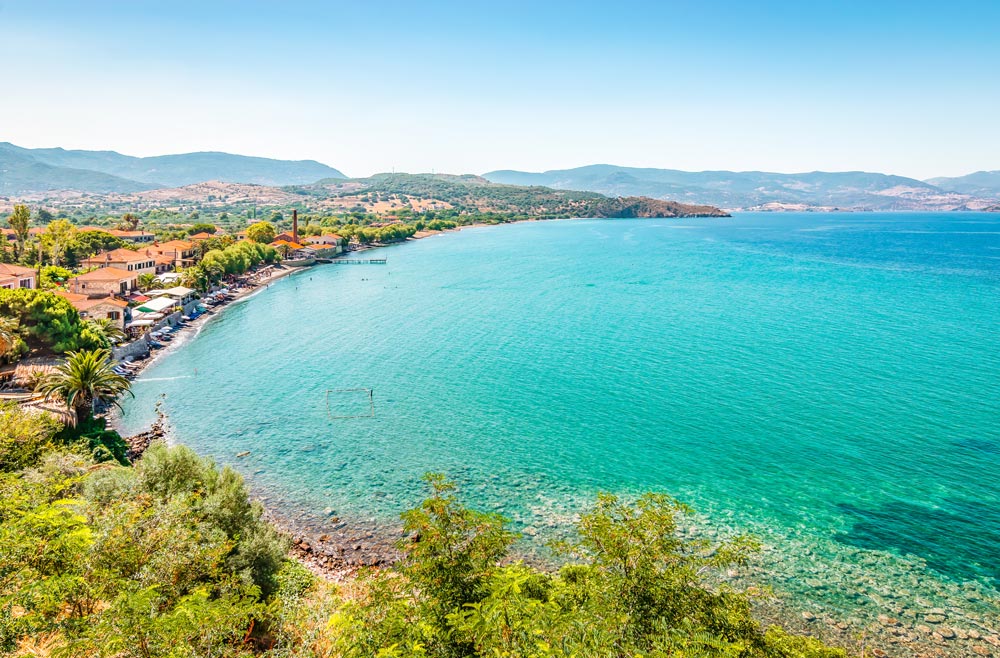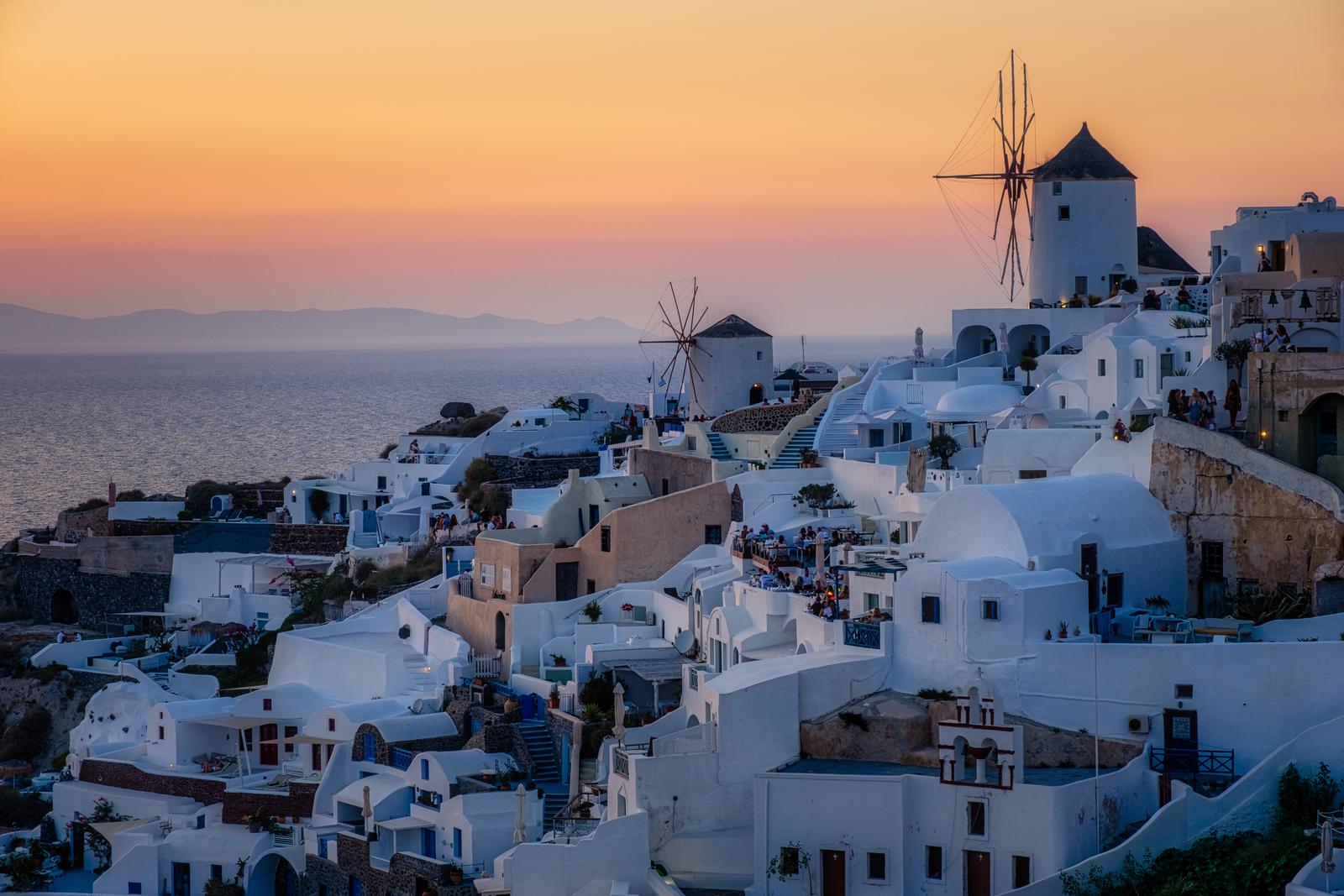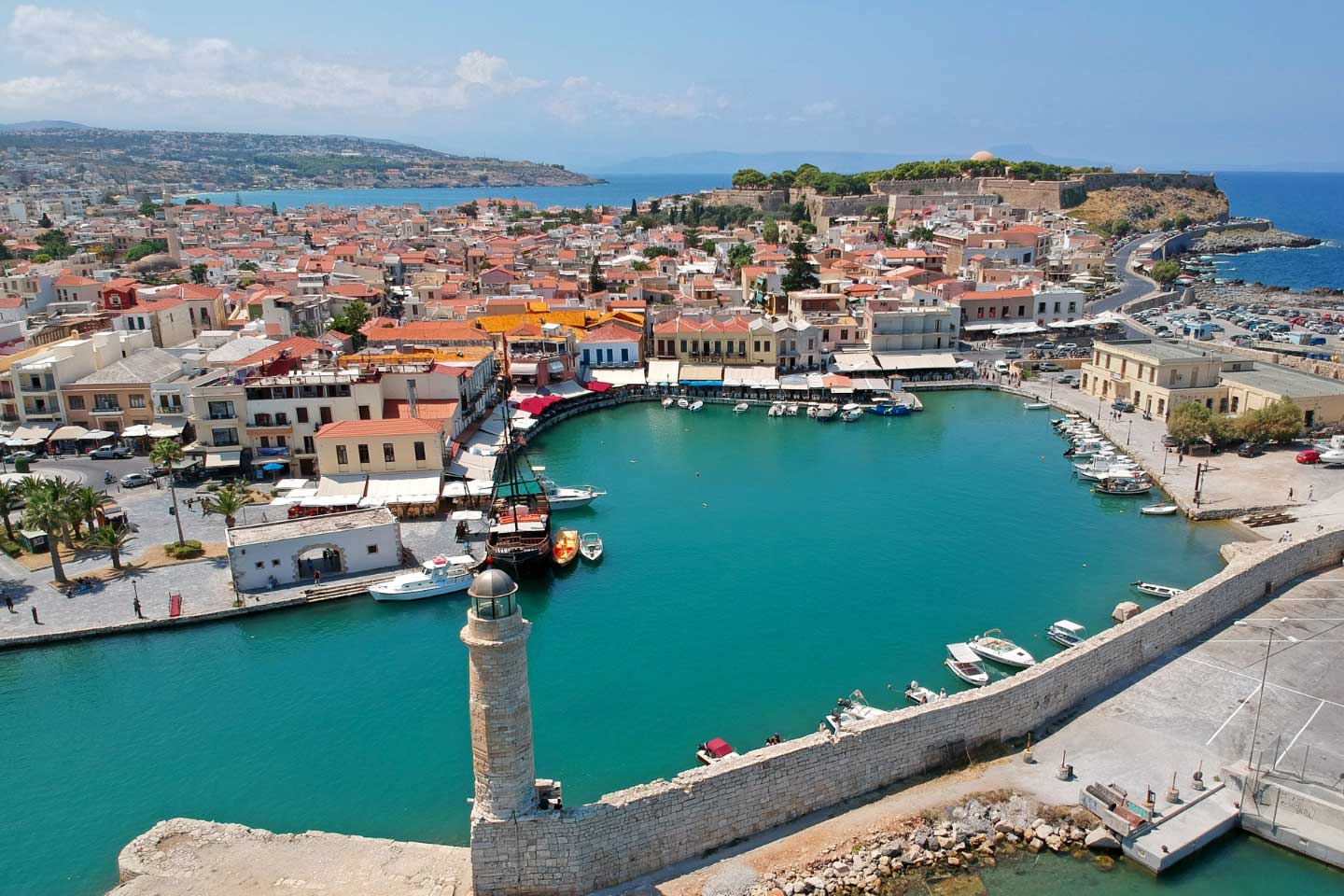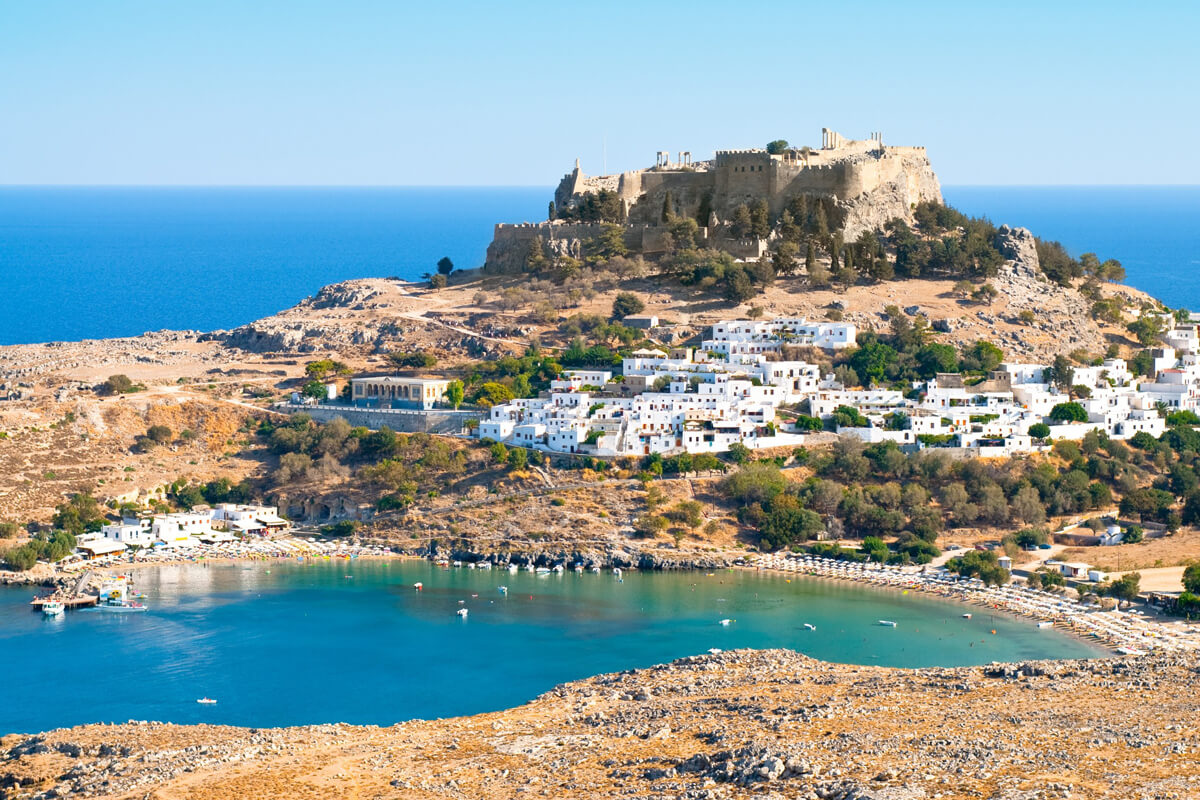Start your journey at the mythical island of Lesvos, based in the north of the Aegean Sea. Famous for its warm people, unique sights and quaint locales, this idyllic spot has a strong heritage coupled with enduring charm.
However long you’re staying here, make plans to see Molyvos: one of the most famous villages on Lesvos, and instantly recognisable by its cliffside houses crowned by a castle. Filled with cafes, shops and charming views, it’s the perfect way to ease into island life before seeking out its other treasures. The Temple of Aphrodite and Petrified Forest – an area of fossilised trees more than 20 million years old – are especially awe-inspiring.
Where to stay: The Greek poet Sappho was born in Lesvos – the village of Eressos, to be exact. This is where you’ll also find Eressian Hotel Hammam & Spa, a converted 1850s mansion that feels like a drop of distilled luxury. Of special note is its award-winning spa, a sanctuary of wellbeing where exceptional treatments are available on tap.


In the middle of the Aegean you’ll find glamorous Santorini. Its soaring cliffs spoon a huge volcanic crater, and create the perfect foil for those Greek sugar-cube houses that cling to the hillsides.
Santorini is actually a series of islands, but all the action is on the main land mass, Thira. As a Greek island, bucket-loads of history goes without saying – check out the Minoan site of Akrotiri.
But it’s also a very forward-looking destination, with some of the area’s best accommodation and restaurants. Or just ignore everything and kick back on one of the black, volcanic beaches.
Where to stay: Did you know that Esperas Santorini Hotel has previously been named Historic Hotels of Europe’s most romantic hotel? One look at its breathtaking views will show you why.
High on the rocky cliffs in the village of Oia, the traditional island houses that make up this building are actually carved into the rock, with a private terrace overlooking the volcanic sea below. Also carved out of the rock is Esperas Santorini’s sparkling swimming pool – the perfect place to escape to when the Greek sun gets too much.
Alternatively, the Aigialos Hotel Santorini is another much-loved historic property, consisting of 16 neoclassical houses that were renovated in 2009 by master masons using local volcanic stone. The interiors blend antiques and modern touches, while outside, they’re linked by charming cobbled pathways.
Head south now to the largest Greek island, Crete, with a 1,000km long coastline sporting secret coves and scintillating seascapes.
Of course, there are sandy beaches. But there’s so much more to Crete, from bustling urban restaurants to sleepy mountain villages, ancient Minoan ruins to hiking routes worth a few blisters. Its geographic position – between Africa, Europe and Asia Minor – led to a long and tumultuous history for the island, much of which is still evident today.
Medieval towns such as Réthymno and Haniá show the Venetian and Ottoman influences on Crete’s history, and don’t miss the Samarian Gorge. It’s busy, but worth the walk: the vertiginous walls are a rugged reminder of the unstoppable forces of nature.
Where to stay: On Crete you’ll find the Avli Lounge Apartments, which have been home to a Venetian lord, olive press, soap factory and tannery over the years. Today, guests stay in seven distinctive suites with historic details that tell the story of the relationship between the island and its Venetian neighbours.


Onwards to Rhodes – the largest of the Dodecanese islands, and a tourist mecca since the Colossus of Rhodes was destroyed by an earthquake in 226 BC.
That’s some impressive history, so it’s not surprising that antiquities are everywhere in Rhodes. Whether you want to marvel at sites such as the Acropolis of Lindos and the Knights’ Quarter, or tuck into moussaka at a candlelit harbourside restaurant, there’s something for everyone.
Where to stay: The Allegory Boutique Hotel lies in the historic Knights’ Quarter and strikes a balance between modern design and the original architecture of the stone building. Each of the six suites is named after a character from Greek mythology, and combines antique furniture with cutting edge design in confident colours. It’s Greece at its most chic.
We recommend to stay in one of our historic accommodation, each one with its own “Story to share”.
Get the chance to win 2 rooms for 2 nights for 2 persons. Treat yourself and your friends.
Historic Hotels of Europe
Find amazing historic hotels and dive into the culture and traditions of Europe. Connect with a thriving community, enjoy excellent locations, and live your dream.